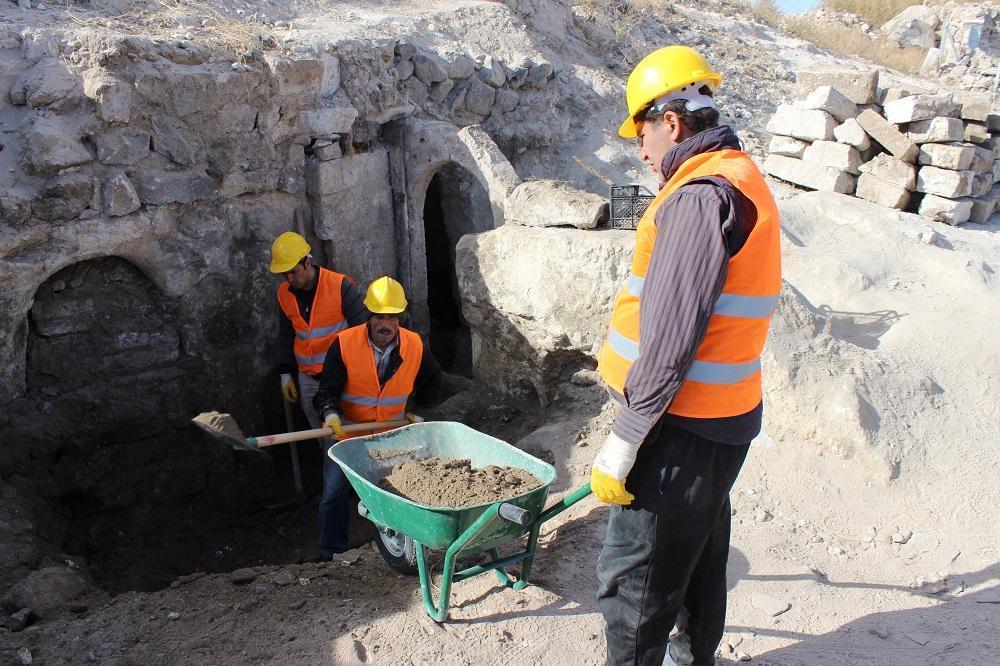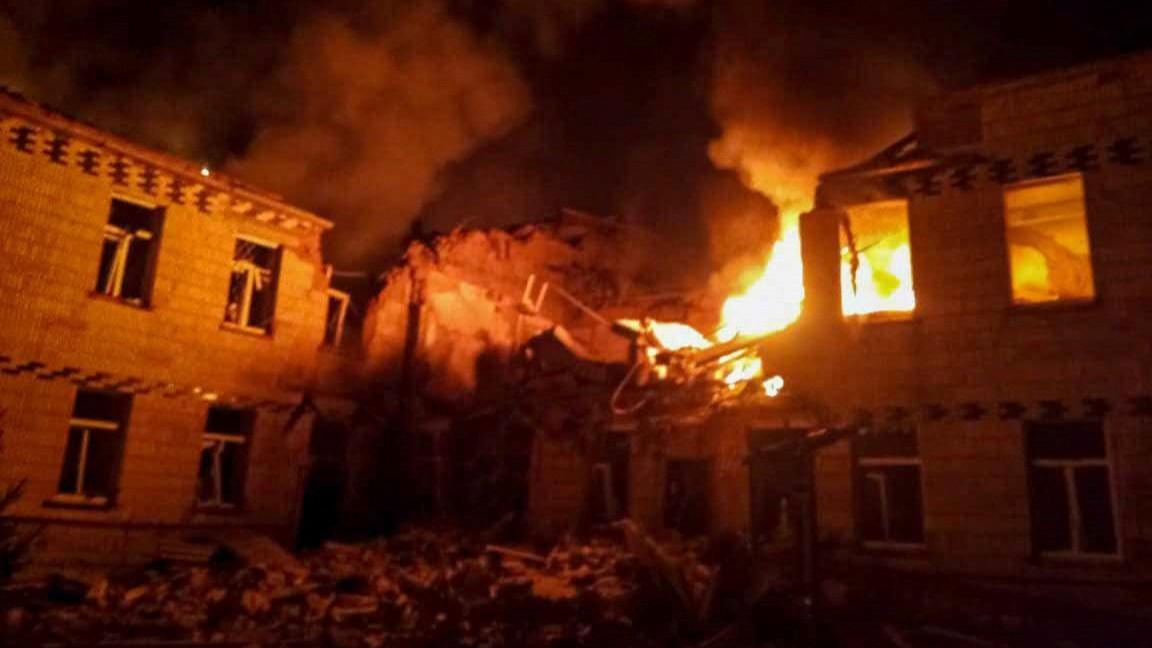Ancient underground city in Cappadocia will 'rewrite history'
NEVŞEHİR - Anadolu Agency

AA Photos
An underground city found in Turkey’s touristic Cappadocia will “rewrite the history of the city,” according to the mayor in the Central Anatolian Nevşehir province, adding they had discovered people had permanently lived in the underground city, unlike other cities which were mostly carved into rocks for temporary protection.Hasan Ünver, the mayor of Nevşehir, where Cappadocia is located, said the new findings at the ancient underground city in the province would rewrite history.
“When the works are finalized the history of Cappadocia will be rewritten,” said Ünver, adding the findings found during the excavations dated back as the Hittite era.
“We have reached significant discoveries; new long tunnels and spaces where people lived all together. Places where linseed oil was produced, chapels and tunnels combining various living spaces in the underground city were found,” said Ünver.

The underground city was discovered by a Turkish Housing Development Administration (TOKİ) urban transformation project. Some 1,500 buildings located in and around the Nevşehir fortress were demolished, and the underground city was discovered when the earthmoving to construct new buildings began.
Stating that the unearthed tunnels and spaces were different than other underground cities across the world, Ünver said ancient people had lived there permanently.
“This is a real underground city where they resided permanently and not like other underground cities where they had lived temporarily,” said Ünver. “We are definite that we will also reach very important information and discoveries regarding world history.”
The mayor said they planned for the opening of the first part of the underground city excavations in 2017, adding the digging was conducted under the guidance of archaeologist Semih İstanbulluoğlu and the control of the Culture and Tourism Ministry.
İstanbulluoğlu said they predicted the history of the underground city to date back to even before the Hittites, adding this information would be confirmed after the finalization of the excavation’s laboratory work.
He added they had found tobacco pipe-like objects made from meerschaum, adding they could not yet date them with certainty.
“These can give clear information about the history of mankind,” İstanbulluoğlu said.
Ünver said once the news hit that an underground city was discovered in Nevşehir, many researchers from various countries had come and visited the region.

UNESCO representative Ashish Kothari had examined the underground city in June and was informed about the current restoration work in the region, where he took photos of historical artifacts unearthed during the excavation.
The area around the underground city in Nevşehir is best known world-wide for its “Fairy Chimney” rock formations, which are already on the UNESCO world heritage list.
Özcan Çakır, an associate professor at the geophysics engineering department of the 18 March University and involved in the excavations of the underground city, had said during the initials finding of the city in late 2014 they believed the tunnels were used to carry agricultural products.
“We believe that people, who were engaged in agriculture, were using the tunnels to carry agricultural products to the city. We also estimate that one of the tunnels passes under Nevşehir and reaches a faraway water source,” said Çakır.

















